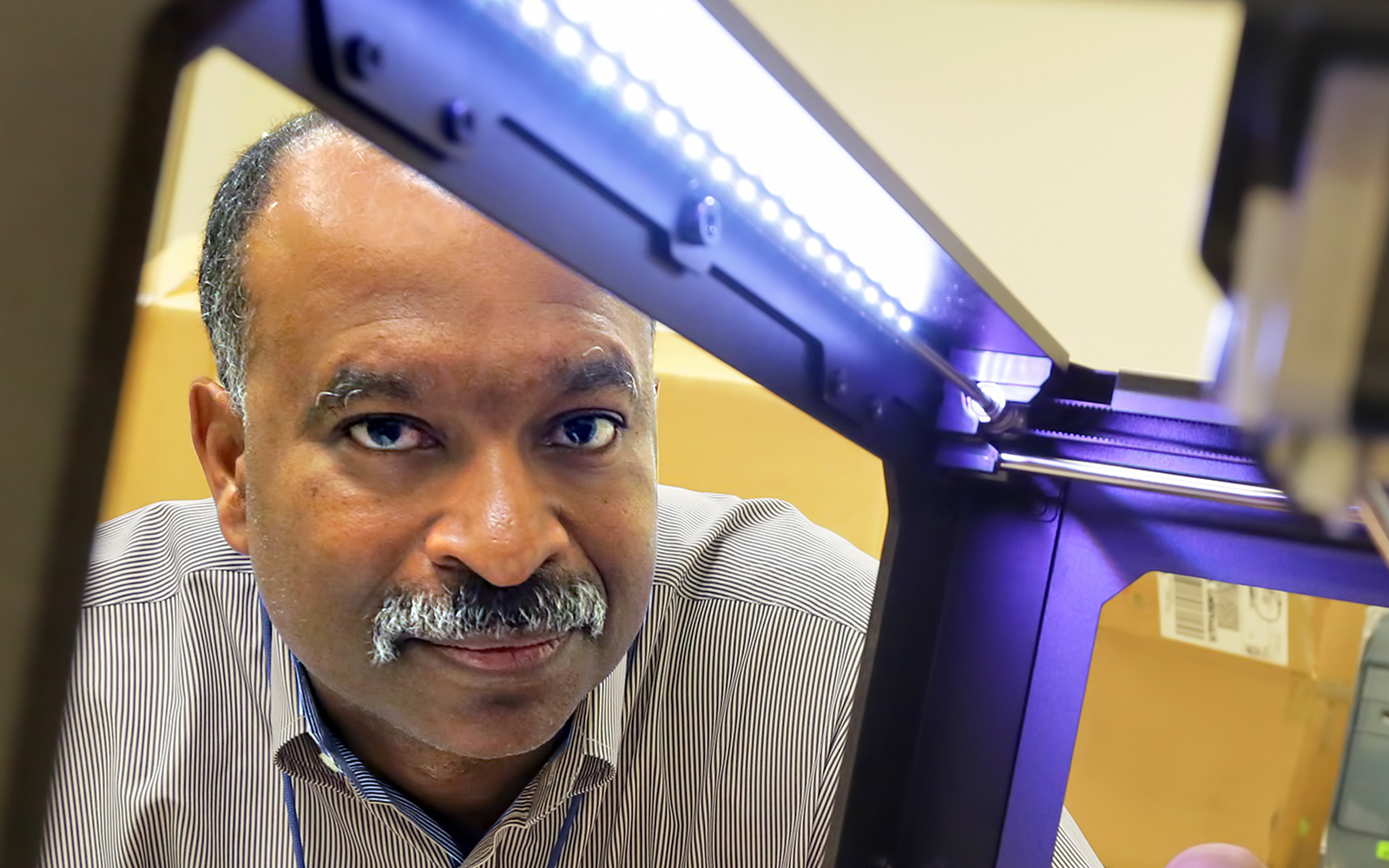Bob Ellis designs a PPPL first: A 3D printed mirror for microwave launchers
When scientists at the Korea Supercomputing Tokamak Advanced Research (KSTAR) facility needed a crucial new component, they turned to PPPL engineer Bob Ellis. His task: Design a water-cooled fixed mirror that can withstand high heat loads for up to 300 seconds while directing microwaves beamed from launchers to heat the plasma that fuels fusion reactions.
“Now 3D is beginning to drift down into real-world metal products.”
Ellis, who had designed mirrors without coolant for shorter experiments, decided to try out a novel manufacturing process called 3D printing that produces components as unified wholes with minimal need for further processing. 3D printing would enable the mirror to be built for less cost than a non-water-cooled mirror produced by conventional manufacturing, Ellis said, “and that was a very nice thing to find out about.”
The project marked a first for PPPL, which had previously used 3D printers to build plastic models but had not employed the process for creating metal parts. “Metal came into 3D printing about five years ago and was sort of exotic then,” said Phil Heitzenroeder, who heads the Mechanical Engineering Division at PPPL. “Now 3D is beginning to drift down into real-world metal products.”
Click here for the full story.
